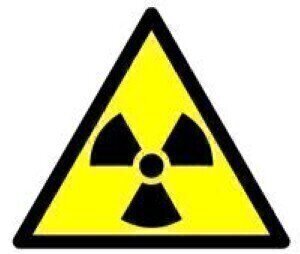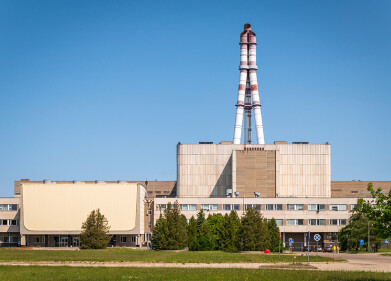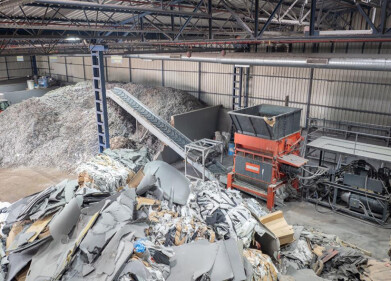Hazardous waste
Glass Offers Improved Means of Storing UK’s Nuclear Waste
Aug 23 2012
Researchers from the University of Sheffield (UK) have shown that the same method used for storing nuclear waste and High Level Waste (HLW) can be used to provide safer, more efficient and cheaper storage and disposal of Intermediate Level Waste (ILW).
According to "Radioactive Waste in the UK", ILW makes up three quarters of the waste disposed of in the UK.
The current method is to mix the waste into specially formulate cement and bury this in steel drums deep underground.
Two studies, published in the latest issues of The Journal of Nuclear Materials and European Journal of Glass Science and Technology A show that turning this kind of waste into glass, a process called vitrification, could be a better method for its long-term storage, transport and eventual disposal.
HLW is already processed using this technology which reduces both the reactivity and the volume of the waste produced. Until now, this method has not been considered suitable for ILW because the technology was not developed to handle large quantities of waste composed from a variety of different materials.
The research programme, funded by the UK’s NDA and led by Professor Neil Hyatt in the Department of Materials Science and Engineering, at the University of Sheffield, tested simulated radioactive waste materials – those with the same chemical and physical makeup, but with non-radioactive isotopes – to produce glass and assess its suitability for storing lower grades of nuclear waste.
The process used to produce the glass waste storage packages is straightforward: the waste is dried, mixed with glass forming materials such as iron oxide or sodium carbonate, heated to make glass and finally poured into a container. For certain wastes – for example radioactively contaminated sand – the waste is actually used in the glass-making process.
A key discovery made by the Sheffield team was that the glasses produced for ILW proved to be very resistant to damage by energetic gamma rays, produced from the decay of radioactive materials. “We found that gamma irradiation produced no change in the physical properties of these glasses, and no evidence that the residual radiation caused defects,” says Professor Hyatt. “We think this is due to the presence of iron in the glass, which helps heal any defects so they cannot damage the material.”
“For large volumes of waste that need to be stored securely, then transported to and eventually disposed of, vitrification could offer improved safety and cost effectiveness” explains Professor Hyatt.
Dr Darrell Morris, Research Manager, NDA said “We welcome this fundamental research demonstrating a possible alternative means of treating ILW. We look forward to seeing further progress on the applicability of this technology to the UK’s waste inventory.”
Events
Apr 08 2025 Targi Kielce, Poland
Apr 08 2025 Bahrain
Apr 10 2025 Beijing, China
Apr 10 2025 Beijing, China
Apr 15 2025 Moscow, Russia














